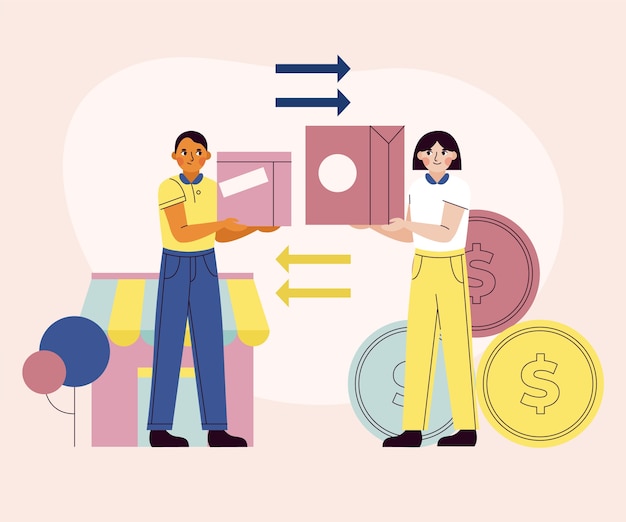You might think that a no-cost refinance means you won’t have to pay any mortgage refinance fees. But that’s not exactly true. These fees are still there, they’re just hidden in the paperwork. Remember, nothing is truly free when it comes to refinancing your mortgage. Banks and lenders are businesses looking to make a profit, so they’re going to find a way to cover their costs.
In this piece, I’ll break down all the fees you might encounter in a no-cost refinance, using my own experience as an example. The truth is, these fees do exist, but they’re often rolled into a higher interest rate.
For instance, I refinanced one of my rental properties with a 7/1 ARM at 2.625%. The loan amount was $700,711, and my new monthly payment is $2,814.41. This refinance didn’t cost me anything upfront, and I even got a $220 credit. The only downside was that it took over four months to complete, which was a bit of a headache. But in the end, it was worth it. Over the next seven years, I’ll save about $91,000 in cash flow and reduce my interest expense by roughly $95,000.
Now, let’s talk about the fees involved in a no-cost refinance. Even though my refinance was considered “no-cost,” there were still plenty of fees that the lender had to cover at closing. These are similar to the fees you’d see in a regular-cost refinance.
If you choose a no-cost refinance, you’ll likely end up with a slightly higher mortgage rate or get fewer credits back. This is because lenders need to make money too. For example, instead of getting 2.625% for my 7/1 ARM, I might have been able to get 2.5% if I was willing to pay over $5,000 in fees.
But I prefer the no-cost refinance route because it means I’m saving money each month. If I decide to sell the property soon after refinancing, I won’t feel silly for paying those fees. With a no-cost refinance, there’s no need to worry about holding the mortgage long enough to break even.
Let’s go over all the fees involved in my $700,711 mortgage refinance. I’ll explain each one using the final fee schedule.
There are new loan charges, also known as loan origination charges. These are fees charged by the lender you’re refinancing with. In my case, that was Wells Fargo. These charges include a processing fee, a relock at market rate fee, a tax service fee, a rate lock extension fee, an appraisal fee, and a credit report fee.
There are also title and escrow charges. Every mortgage refinance goes through a title company to ensure everything is legitimate. These charges include an escrow fee, lender’s title insurance, a mobile signing fee, and a recording service fee.
Government charges include recording fees, which are charged by the government to your title company to officially record your homeownership and lender in the city records.
There are also payoffs, which include the balance of the first mortgage you plan to refinance, additional interest, a demand fee, and a recording fee.
Lastly, there are miscellaneous fees, such as the homeowner’s insurance premium. To complete a refinance, you must pay the full year’s homeowner’s insurance premium.
As you can see, there are a lot of fees involved in a no-cost refinance. The only fees that could possibly be reduced or eliminated are the rate lock extension fee, the mobile signing fee, and the appraisal fee.
On my final refinance statement, there’s a lender’s credit of $6,131.22. That credit covers all my fees and gives me a $220 balance due.
However, I still had to come up with some cash to refinance. I had to write a check for $5,111.17 at closing. This was necessary to cover the entire year’s homeowner’s insurance premium and to pay the mortgage interest at 4.5% from 9/1/19 – 10/11/19.
During your refinance period, it’s important not to make any sudden and large financial changes. If you do, you could delay your refinance or even have your application rejected. This includes big purchases, large deposits or withdrawals, credit inquiries, large changes in your income, changing jobs, losing your job, or changes to your revocable trust.
Despite the time it takes to refinance a mortgage, it can be a great move in the long run. I recommend refinancing if you can save at least 0.25% on interest and break even within 12-18 months. If you choose a no-cost refinance like I did, then your breakeven is immediate, even if the interest rate is slightly higher.
In addition to refinancing your primary residence, consider diversifying your investments into real estate. In 2016, I started diversifying into heartland real estate to take advantage of lower valuations and higher cap rates. Now, I’m earning over $100,000 a year in passive real estate income.
